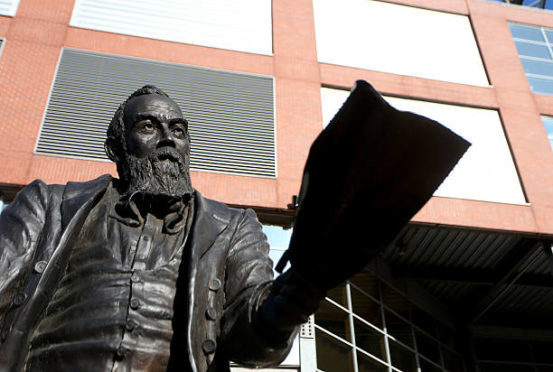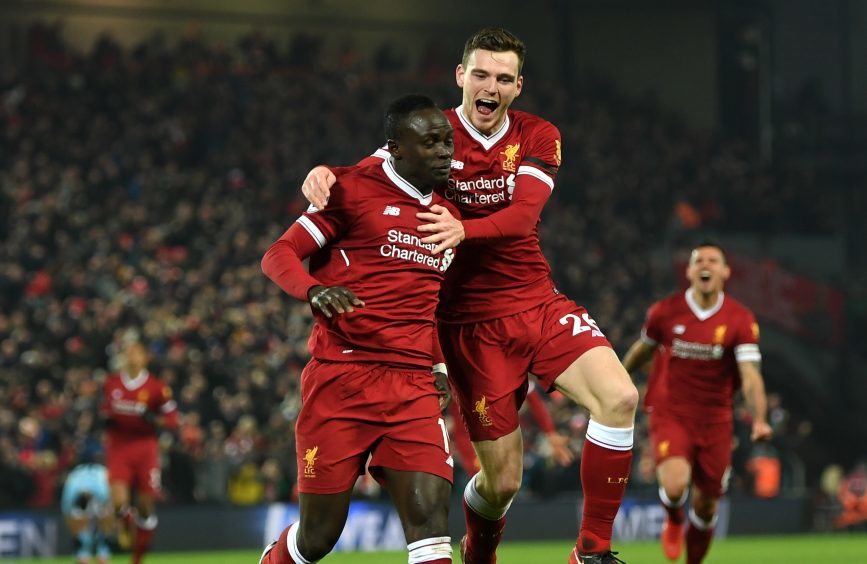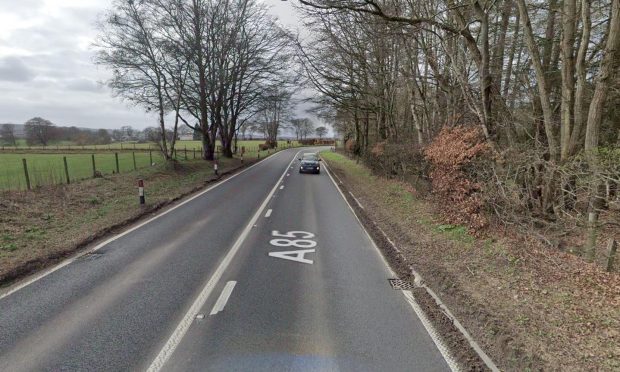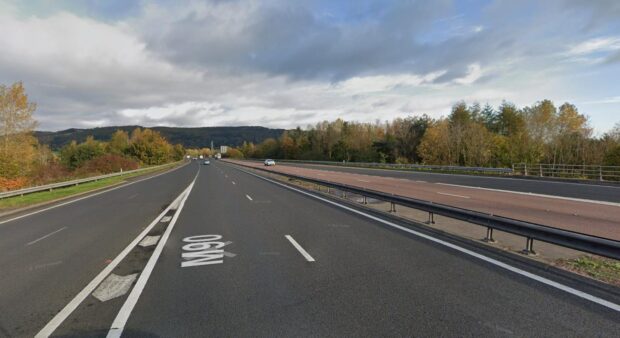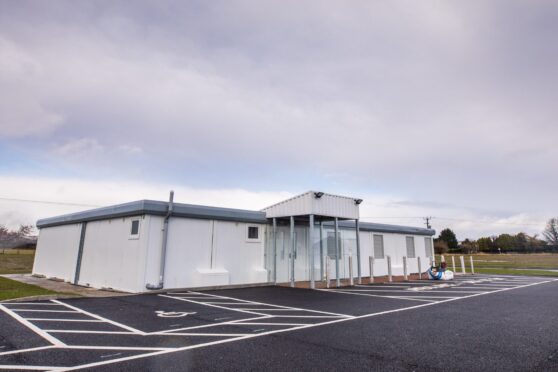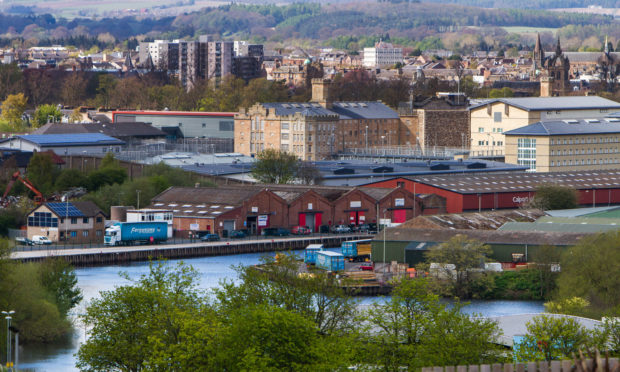He was the Perthshire teetotaler who quietly shaped the destiny of English and world football but there is no memorial to his mark on the world game in his home county.
William McGregor was born in Braco in 1847 and had first become interested in football after watching a local match at Ardoch.
He moved to Birmingham in 1870 where he ran a linen draper’s shop with his brother and he was invited to join the committee of Aston Villa in 1877.
He subsequently held every office with the club.
One of his innovations was the introduction onto the club’s crest of the Scottish lion rampant, where it remains today.
McGregor started getting frustrated with the number of fixtures falling through and thought it was time to organise properly.
He wrote to the committees of his own club and four others — Blackburn Rovers, Bolton Wanderers, Preston North End and West Bromwich Albion — proposing a league competition that would provide a number of guaranteed fixtures for its member clubs each season.
The Football League was born.
Twelve clubs took part in the first season of league football that started in September 1888.
A spokesman for Aston Villa said: “A number of prominent Scots were associated with Villa at the time, including captain George Ramsay and star player Archie Hunter, and under McGregor’s influence, the Scottish Lion Rampant was adopted for the club crest.
“Villa would then make a landmark appointment, in 1886, by creating a position which would become the very norm to every club in the world for the foreseeable.
“They would appoint a ‘manager’ of the football team, appointing Glaswegian captain, George Ramsay.
“This decision meant that technically Ramsay, a Scot, was the first paid manager anywhere in world football.”
The success of the Football League directly inspired the creation of similar competitions in other countries, beginning with Scotland, where the Scottish Football League was formed in 1890.
Mid-Scotland and Fife Conservative MSP Murdo Fraser said McGregor’s story was “incredible” and was worthy of a permanent memorial in Perthshire.
He said: “Who would have thought that a son of Braco would have laid the foundations for the world’s most watched sports competition when he helped create the English Football League in 1888.
“William McGregor’s legacy is well known at Aston Villa where he was responsible for the Scottish lion rampant on their badge but unfortunately his contribution to the beautiful game is less known north of the border.
“Perhaps a plaque or some form of permanent memento commemorating his accomplishments, in Perthshire, would be a fitting tribute.
“As the 140th anniversary of the English Football League is celebrated I hope people remember that this was all started by a Scotsman from Perthshire.”
McGregor went on to serve as chairman of the League’s Management Committee from 1888 until 1892 and was the League’s President from 1892 until 1894.
He also became the first life member of the League in 1895.
In parallel, he served as chairman of the Football Association between 1888 and 1894.
He died in 1911 and is remembered as “father of The Football League”.
There is a statue of McGregor outside Villa Park.
